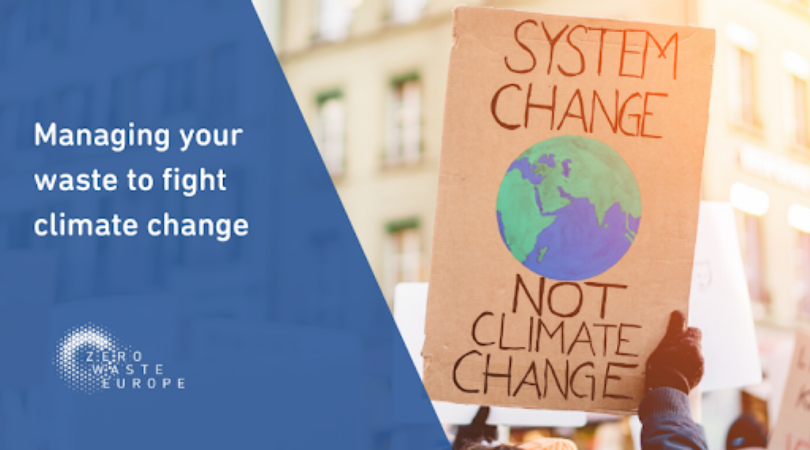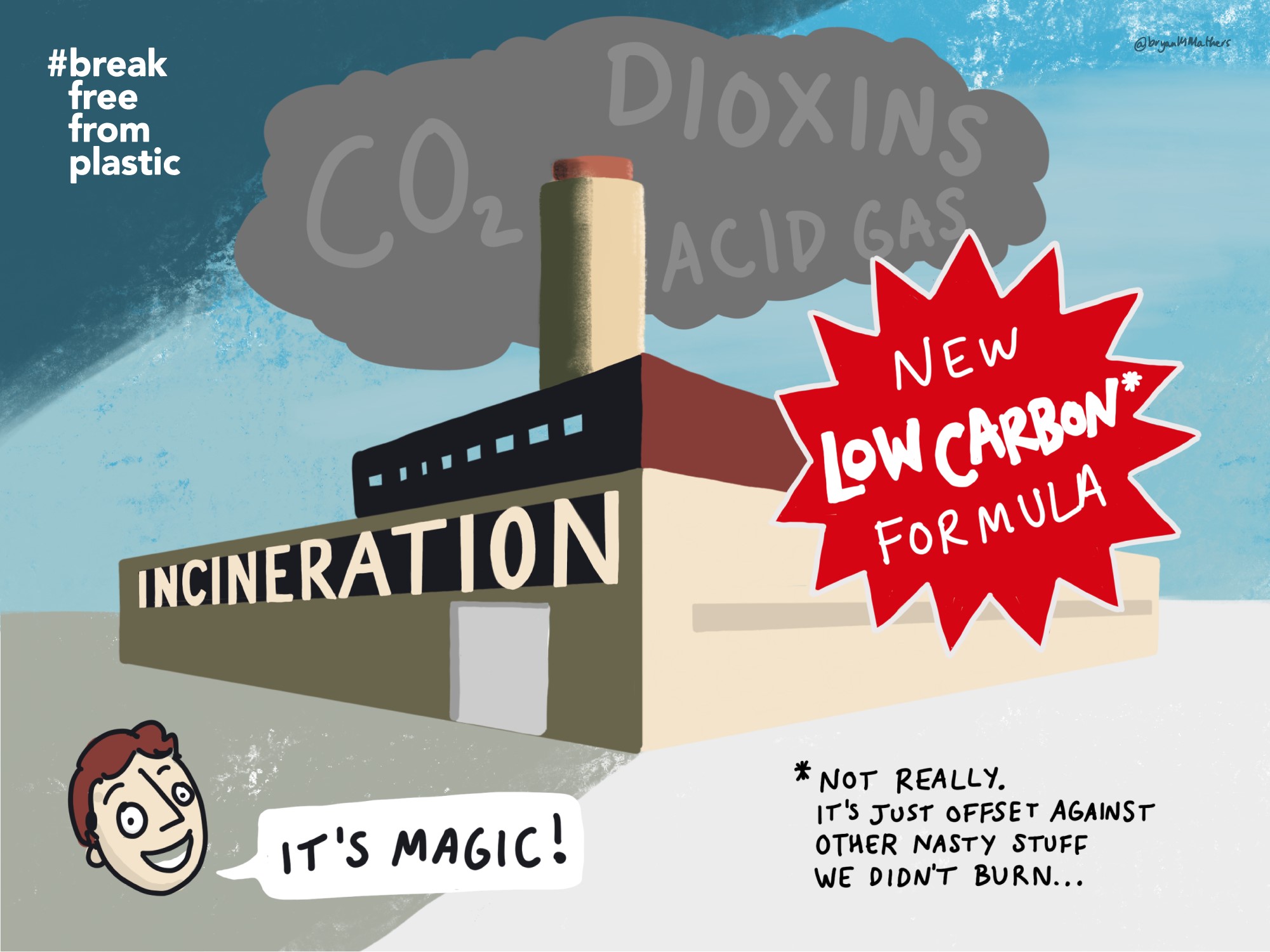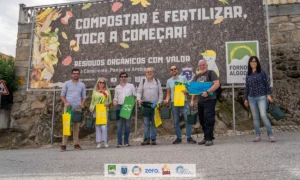Managing waste to fight climate change

Most modern human activities rely on the intensive use of disposable products, single-use packaging and as a result, we generate significant amounts of waste in our everyday daily processes. Most urban activities from grocery shopping to refurbishing your home are currently tied up in disposable packaging, plastic wrappings and other throwaway products. In this sense, dealing with the way we produce and manage waste looks to be the only viable solution to dealing with rapidly accumulating waste in urban areas.
Unfortunately, governments are still struggling to get to grips with sustainable solutions for dealing with this issue, and waste management schemes are relying on incineration and landfilling alongside other unsustainable solutions to tackle our addiction to waste.
Waste Generation
The amount of waste produced worldwide has seen a considerable increase in the last few decades. For most countries, waste management has focused on the use of landfills, incineration plants and waste shipments to other countries and other variable solutions that focus much more on getting rid of the immediate problem rather than ensuring that it doesn’t appear in the first place. We’ve simply been rearranging the deckchairs on the titanic, rather than actually tackling the problem at source: which is to reduce the amount of waste we produce.
While our mounting piles of waste have gone mostly unnoticed, now we are seeing pushbacks from Asia, who are sending waste back to its origins, and introducing new measures such as China’s ban on waste imports. These actions have put pressure on our current waste management systems and have forced European countries to rethink and redesign solutions to deal with the waste crisis. Notably, some governments have reached out to other Asian countries such as Malaysia, Vietnam and Thailand, to deal with the waste export issue. But the challenge of effective waste management and reduced waste generation still remains.
Reduced Plastic Production
Waste generation clearly needs to decline if we want to see the reduction of waste, more sustainable use of resources, and a more effective system of resource management. In particular, plastic products represent one of the most significant portions of waste. Since the 1950s, when the industrial production of plastic first started, nearly 8.3 billion tonnes of plastic has been produced, a number estimated to increase up to 34 billion by the year 2050 (UN, 2018). And yet, 90% of plastic ends up being burned or in polluting our ocean, our environment and filling.
With our present afflictions towards the excessive consumption of plastic, will we ever manage to shift to a more sustainable waste system? Luckily, this problem has motivated countries and researchers worldwide to search for viable solutions to rethink the way we produce and consume plastics. Additionally, single-use plastic bans (plastic grocery bags, straws, cutlery, packaging and more) are becoming a growing trend with several countries united in the attempt to change our dependence on plastic and instead find reusable solutions to reduce plastic consumption in our modern lives.
The issue of waste incineration
 One of the most common solutions for dealing with waste is simply to set fire to it: incineration has been used as a way to remove our visible waste problem, and increasingly, generate energy. Recent data estimates that over 70 million tonnes of municipal solid waste (MSW) was incinerated in 2017 alone, an increase of over 118% when compared to the same data in 1995 (ZWE, 2019).
One of the most common solutions for dealing with waste is simply to set fire to it: incineration has been used as a way to remove our visible waste problem, and increasingly, generate energy. Recent data estimates that over 70 million tonnes of municipal solid waste (MSW) was incinerated in 2017 alone, an increase of over 118% when compared to the same data in 1995 (ZWE, 2019).
Yet, for every 1 tonne of this MSW that is burnt, nearly 1.1 tonnes of carbon dioxide (CO2) is released to the atmosphere, contributing to greenhouse gases (GHG) emissions worldwide. In other words, while we appear to erase the visible waste problem in the short term, we create significant climate problems in the long term. And that’s not the only thing wrong with incineration.
The process of energy from waste is also carbon intensive, as it requires a lot of energy to burn waste. At the moment, the carbon intensity of the EU28 power sector is at 296g CO2eq/KWh, which is nearly half of the carbon intensity of the energy produced by waste incineration, now of almost 580g CO2eq/kWh (ZWE, 2019).
Notably, as waste incineration is carried out in facilities that are not necessarily able to contain all forms of polluting gases released, this practice also risks the release of toxic compounds into the environment. The constant incineration of materials and the high temperature fluctuations required to create suitable conditions to minimise the generation of toxic pollutants makes incineration a high risk to the health of humans and animals in the surrounding area.
Finally, as the burning of municipal waste is not part of the EU-ETS (Emissions Trading Scheme), all the fossil CO2 produced by incineration plants is not accounted for in Europe’s carbon budget. Hence, incineration is not subjected to carbon pricing strategies. In other words, most companies and industries now operating under the EU-ETS find themselves being subjected to adjusting their production lines in ways that aim to reduce and compensate for their CO2 emissions, in line with the carbon neutrality goals set by most EU member states. However, as waste incineration is still not adequately regulated, the incineration industry manages to continue business-as-usual, continuously emitting massive amounts of CO2 into the atmosphere.
As said, Waste-to-Energy incineration in Europe has been on the discussion all across Europe, however the impact of this practice on the climate has been for too long underestimate. Incineration is indeed contributing to climate change and failing to address the real issue at play: we are generating too much waste. Instead of transitioning towards better resource management practices that preserve resources and minimise waste, the incineration industry are hiding the emissions from their activities so as to continue business-as-usual.
The new European Green Deal represents a key opportunity for the EU to support more sustainable alternatives and invest in reducing waste in the first place in order – not only – to achieve the target of 0 CO2 emissions by 2050 but to build a more sustainable and fairer world.
Stay tuned… a brand new blog series on the interlink between waste management and the climate emergency is coming soon!
NOTE:


